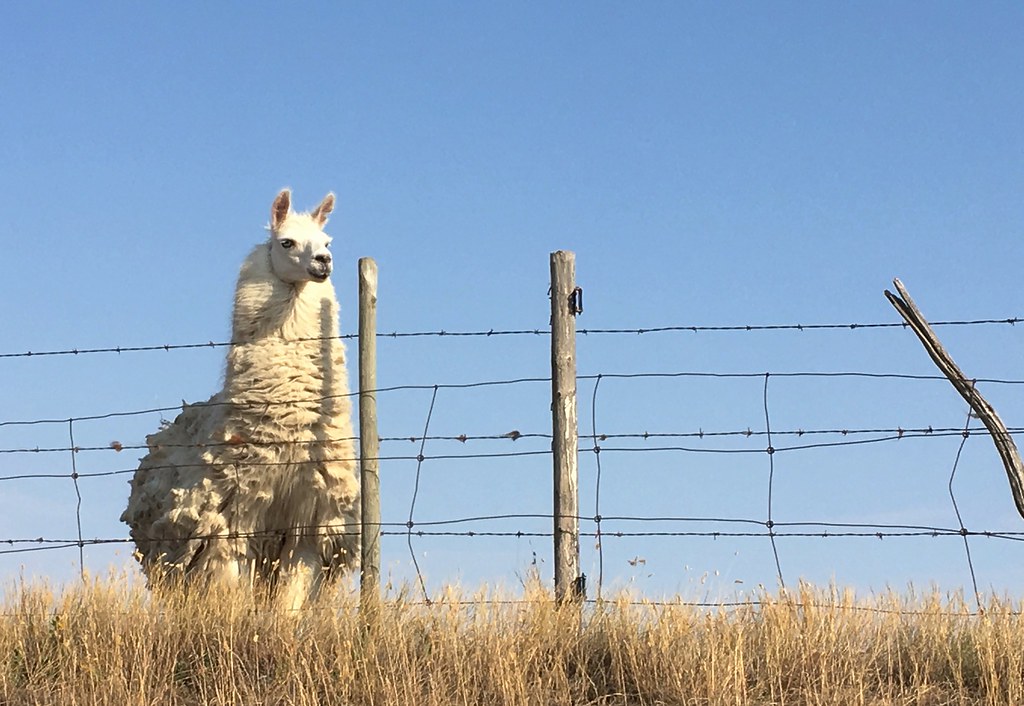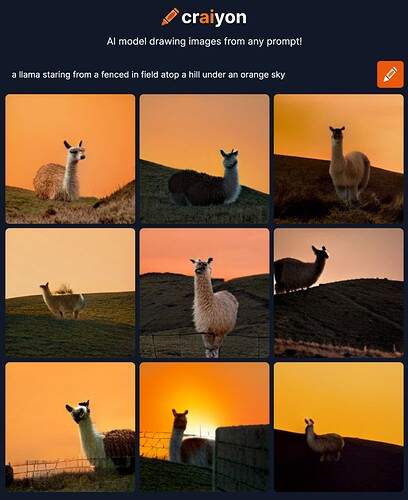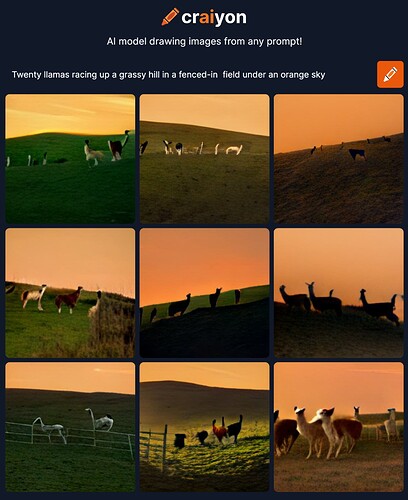Yikes, here it is the mid-point of July, meaning the mid-point of whatever season you are in, and I’ve not really progressed too much on actual AI tinkering. Just keep tracking curious, interesting stuff others are doing.
But hey, no one is grading here (and also, no one really joined in to the idea of the open pedagogy adventuring).
I thank my colleague and better long time friend Bryan Alexander for sharing the item below. For someone as prolific as he is blogging and in social media, he often sends me interesting stuff as a personal email. Just to let anyone know that a good friend is better than any algorithm.
Bryan shared author Janelle Shane’s post on “The Kitten Effect”
Janelle describes and shows examples that as realistic as the Dall-E 2 can be for generating images of single kittens (and dogs) (and candy), when you ask it to do larger numbers of them, or even smaller sized images, he quality really breaks down.
I don’t know for sure what to make of this, but it’s interesting.
The Llama Effect?
Can I replicate this? Does the Kitten Effect apply to llamas? I choose because where I lived 2 years ago, we could walk up the lane and see 1-3 of them stare at us from behind a fence:
2018/365/250 Such a Chatty Llama flickr photo by cogdogblog shared into the public domain using Creative Commons Public Domain Dedication (CC0)
So I head to craiyon and try something with visuals to bite off on:
a llama staring from a fenced in field atop a hill under an orange sky
It’s okay, and somewhat recognizable as a llama, the scale in some is off, and few get the fence. But not bad, AI.
Now I try:
Twenty llamas racing up a grassy hill in a fenced-in field under an orange sky
indeed none of results give me 20 and the images are definitely poor. Voial The Kitten Effect Applies to Llamas!
Get Some AI Weirdness!
And I find it hard to resist a site and a book about AI Weirdness:
AI is everywhere. It powers the autocorrect function of your iPhone, helps Google Translate understand the complexity of language, and interprets your behavior to decide which of your friends’ Facebook posts you most want to see. In the coming years, it’ll perform medical diagnoses and drive your car–and maybe even help our authors write the first lines of their novels. But how does it actually work?
Janelle Shane, a scientist and engineer, has written for the New York Times, Slate, and the New Yorker. Through her hilarious experiments, real-world examples, and illuminating cartoons, she explains how AI understands our world, and what it gets wrong. More than just a working knowledge of AI, she hands readers the tools to be skeptical about claims of a smarter future.
A comprehensive study of the cutting-edge technology that will soon power our world, YOU LOOK LIKE A THING AND I LOVE YOU is an accessible, hilarious exploration of the future of technology and society. It’s ASTROPHYSICS FOR PEOPLE IN A HURRY meets THING EXPLAINER: An approachable guide to a fascinating scientific topic, presented with clarity, levity, and brevity by an expert in the field with a powerful and growing platform.


